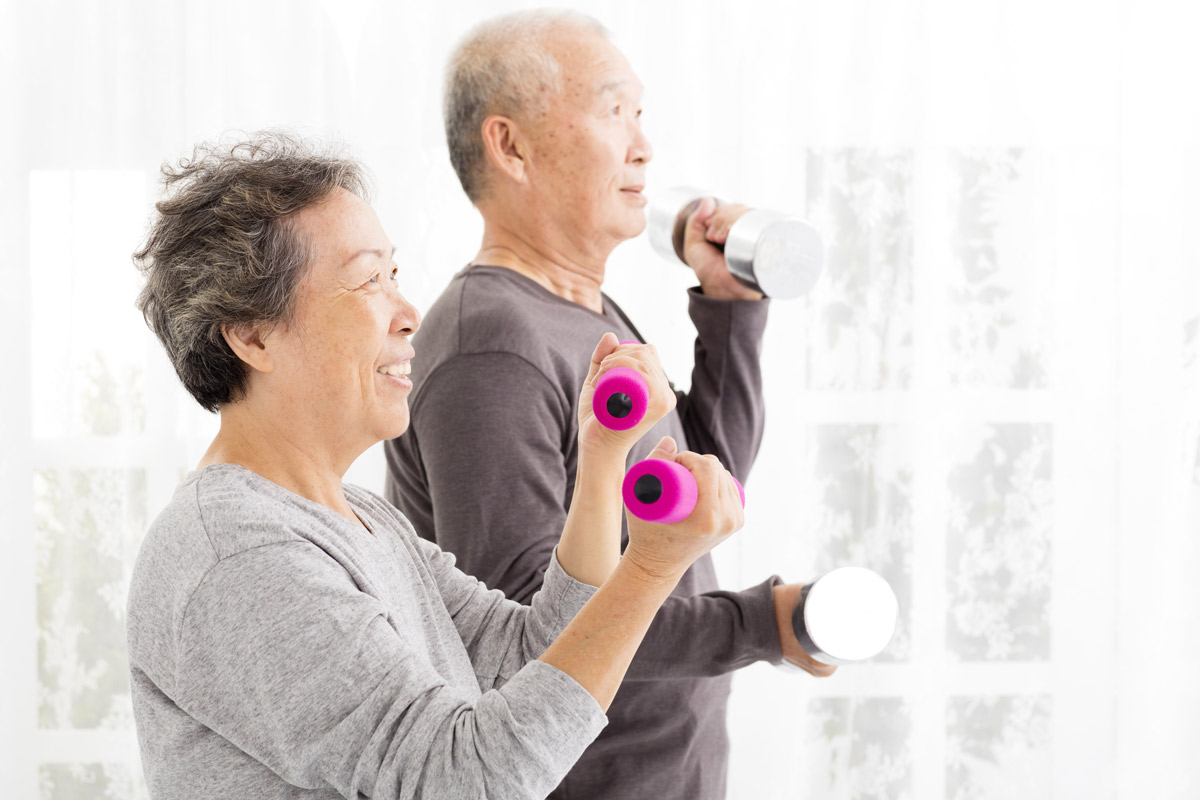
Strengthen Your Odds Against the Silent Disease – Osteoporosis
Osteoporosis is a very prevalent condition, affecting millions of adults.
Osteoporosis occurs when the bones become thin and weakened, often as a natural part of aging. This is because as bones age, bone breaks down and absorbs faster than new bone forms.
Most individuals will experience osteoporosis after age 60, but it can happen at any age.
Women who have gone through menopause are at an increased risk for developing osteoporosis due to the decline in estrogen levels. Estrogen protects bone mass, and the reduction of the hormone post-menopause can cause bone loss.
Women age 65 and older should have a dual energy X-ray absorptiometry (DEXA) scan to screen for osteoporosis.
Osteoporosis is called the “silent disease” because most patients with osteoporosis won’t exhibit any symptoms until they break a bone.
Individuals with osteoporosis are at high risk of developing broken bones (fractures), even with minimal trauma.
Fractures that develop with minimal trauma due to weakness and thinned bones are called “fragility fractures.”
The most common fragility fractures include fractures of the spine, hips and forearm.
Fractures lead to significant pain and loss of function. Therefore, it is important to prevent fractures before they happen.
Here are some recommendations for building healthy bones:
- Build strong bones with aerobics, resistance exercises and weight-bearing exercises, such as push-ups, lunges, weightlifting, and even walking or jogging.
- Eat foods that are rich in calcium and vitamin D. Some good examples include milk, yogurt, cheese, broccoli, Chinese cabbage, tofu, salmon and fortified cereals.
- Limit alcohol consumption. Heavy alcohol drinking decreases bone formation. Women should have no more than one drink a day, and men should have no more than two drinks per day.
- Don’t smoke. If you do, quit. Smoking reduces bone density and increases the rate of bone loss.
- Reduce your risk of falls with some simple preventive steps:
- Have your vision and hearing checked regularly.
- Improve your balance with coordination exercises.
- Wear slippers or shoes with nonskid soles.
- Create a safe home by removing clutter, repairing loose flooring and carpeting, and keeping areas brightly lit to avoid tripping.
Published on: July 27, 2017





